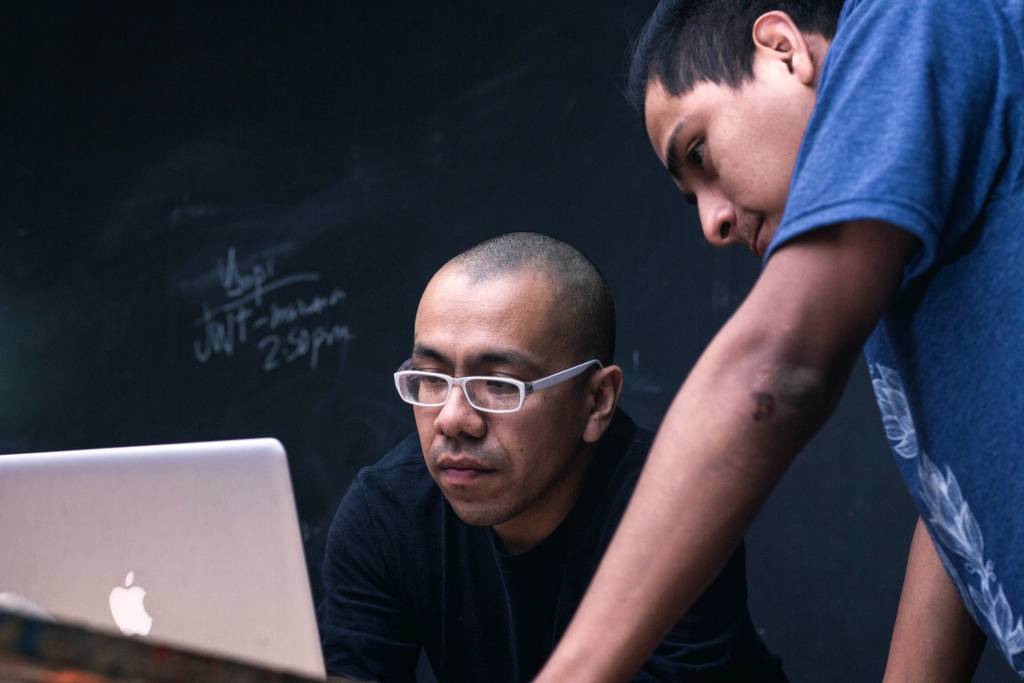Developing a mobile app for your business is a wise move. Millions of businesses have apps that help keep their customers connected and engaged. Some apps are for entertainment purposes, but others help generate sales.
No matter what kind of app you’re creating, you’re going to run into some issues with your developer. For example, you might want features that aren’t possible on your chosen operating system or platform. You might also have expectations you haven’t articulated. This can cause disappointment during the development phase.
Even when you’re not a programmer, developing any app is a collaborative process. To get a great app, you need to reduce or eliminate communication issues with your developer.
Not sure how? Here are some collaboration tips for working with your app developer.
1. Share documents and information in the cloud.
Throughout the development process, you’ll need to provide your developer with certain files in order for them to develop your app. To avoid sending the wrong files or losing track of what files you’ve sent, use a secure cloud storage platform like Box. With a Box cloud storage account, you can give your developer access to multiple files by linking them to one main folder.
Once your developer has secure access to an entire folder, you can upload new files as requested. Once your developer has the link, you won’t have to send additional links. You can just tell your developer when you’ve uploaded the requested files and they can find those files in the shared folder.
2. Be willing to acquiesce to your developer’s suggestions.
When you’re not a developer, it’s hard to see the big picture regarding how your requested features will play out in the real world. For example, your developer may need to create an entirely separate app for iOS and Android. The problem is that it’s harder to develop functional apps for Android because of all the variables developers must take into consideration.
If you want an Android app, your developer has to account for a variety of device-specific issues stemming from third-party interfaces, fingerprint sensors, keyboards, and software versions. This is one reason why so many Android apps are full of bugs.
Ideally, your app should look and function as uniformly as possible between all operating systems and devices. If your developer says one of your requested features will work great on iOS but not on Android, consider removing that feature.
It’s hard to go back on features you’re attached to, but if a questionable feature won’t directly bring you sales or customers, you should probably let go.
3. Identify and document every feature you’d like, no matter how small.
During development, you’re likely to create feature expectations unconsciously. When you’re used to the way certain social media sites work, it’s easy to assume your custom social network app will contain all of those features. In reality, your developer might not include some of those common features without being told.
If you’re hoping your mobile app will function just like another app or website, identify the specific features you want. Don’t assume your app developer will include anything you don’t specifically ask for.
For instance, if you’re creating an instant messaging platform, tell your developer if you want users to be able to “react” to each message with a thumbs up, heart, or smiley face. If you don’t make this specification, your prototype probably won’t include reactions.
Also, be aware that apps fail when they aren’t user-friendly. If you request features that make your app hard to use, your developer will probably let you know.
4. Ask plenty of questions.
Imagine yourself using your mobile app. What do you want your users to experience? Everything about the user experience is important, including your graphics, sound effects, and transitions.
Ask your developer as many questions as possible. You need to understand how they’re going to create the user experience. You’ll go through several rounds where you can request more detailed changes to the user experience. However, if you have something specific in mind, tell your developer as soon as possible so they can incorporate your ideas early.
5. Be prompt with your feedback.
Providing timely feedback to a developer is important. If you sit on your feedback for too long, your developer will get out of their flow. Also, it’s rude to make people wait. Your developer wants to finish your project. Naturally, you also want a finished product. Providing timely and prompt feedback is the path toward getting a completed application.
Collaboration and Communication Are Your Two Keys to Success
Developing an app is a collaboration between the developer and the client. Each person is responsible for their part. Clients are responsible for guiding the project toward completion according to specifications. The developer is responsible for implementing those specifications.













